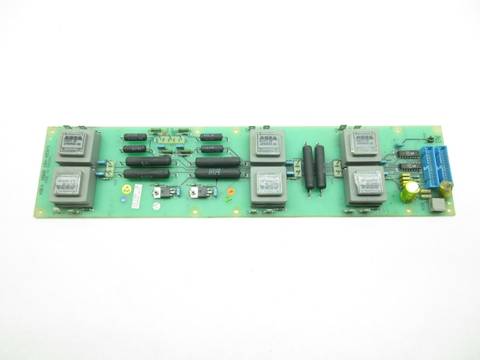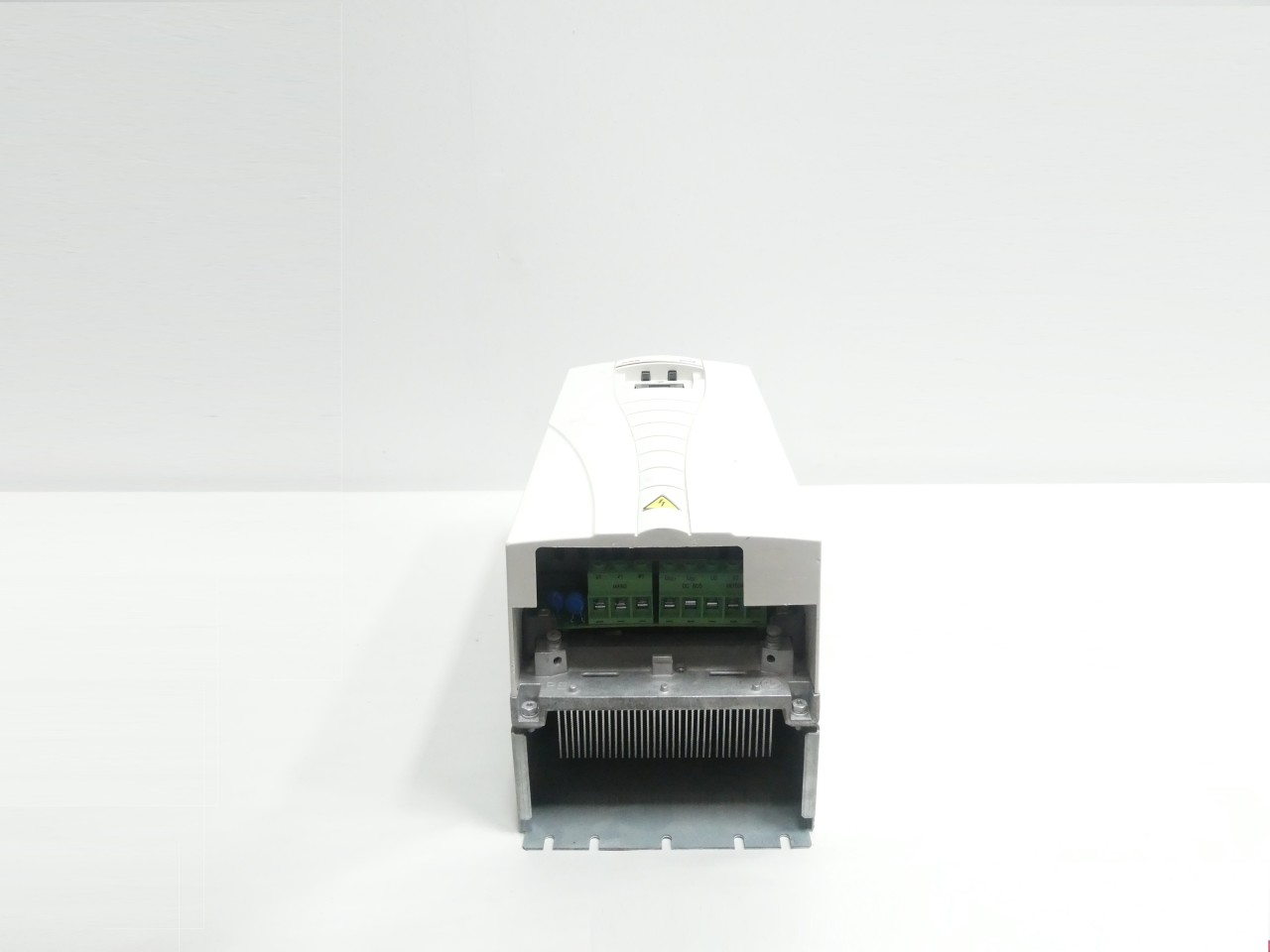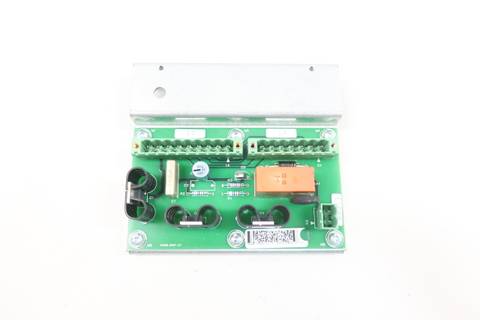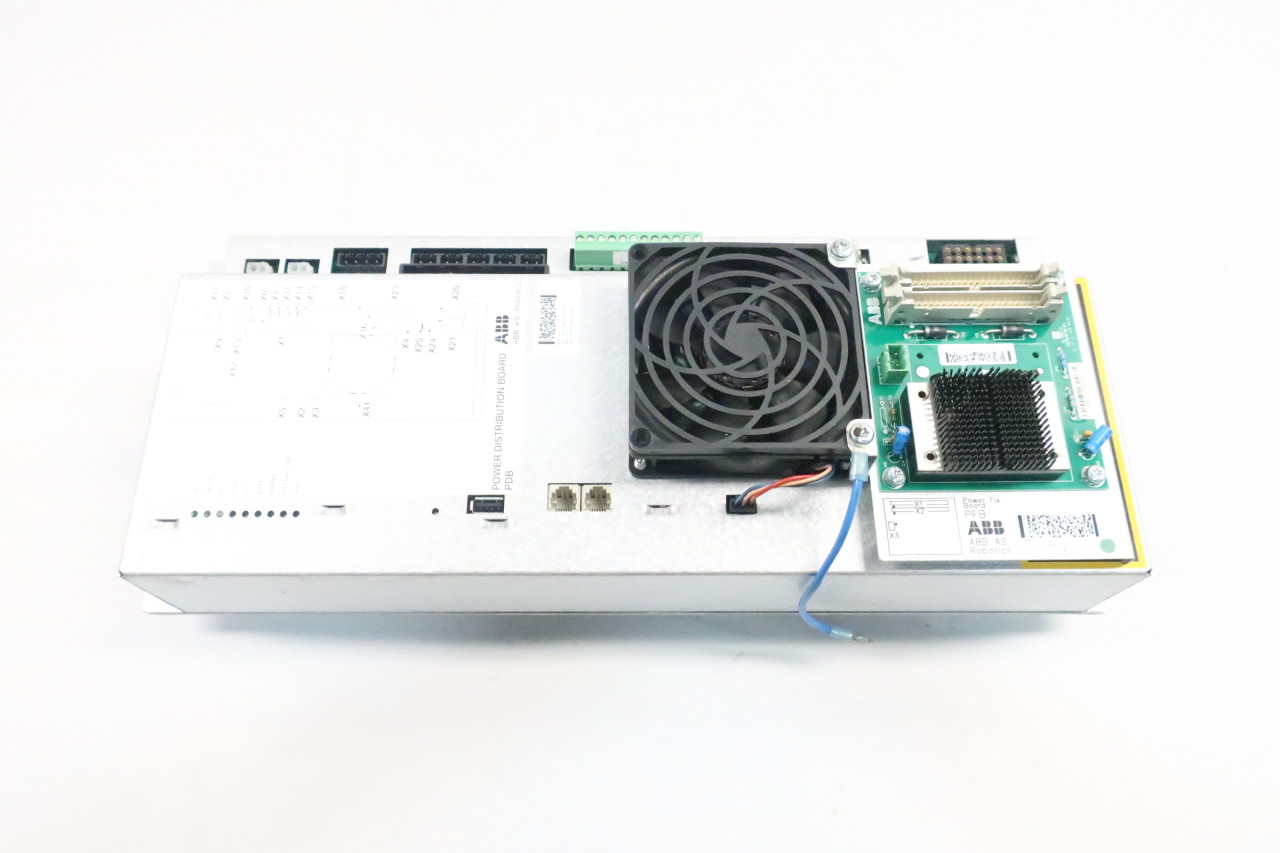Siemens 6ES7131-4RD02-0AB0

Welcome to AE Automation System Parts
Specializing in integrated industrial system solutions.
Understanding the Siemens 6ES7131-4RD02-0AB0 and Its Role in Electrical Engineering
The Siemens 6ES7131-4RD02-0AB0 is a vital component in the realm of industrial automation, particularly known for its robust performance and reliability. As industries evolve to embrace automation technologies, the significance of such components becomes increasingly paramount. This blog explores the technical specifications of the Siemens 6ES7131-4RD02-0AB0, its compliance with IEC60947-2 standards, and its crucial applications in both industrial automation and renewable energy sectors.
Technical Specifications
In compliance with the IEC60947-2 standard, the Siemens 6ES7131-4RD02-0AB0 offers an array of features designed to enhance electrical performance and safety. The core specifications include:
- Type: Digital output module
- Number of outputs: 16
- Output voltage: 24 V DC
- Output current: 0.5 A per channel
- Max. total current: 8 A
- Connection technology: Spring-loaded terminals
- Protection class: IP20
- Temperature range: -20°C to +60°C
These specifications not only ensure efficient performance but also align with global safety standards, making the Siemens 6ES7131-4RD02-0AB0 a reliable choice for electrical engineering applications.
Applications in Industrial Automation
The Siemens 6ES7131-4RD02-0AB0 is extensively utilized in various industrial automation scenarios. Its ability to control multiple devices simultaneously makes it ideal for manufacturing plants, assembly lines, and process control systems. By integrating this module, businesses can:
- Enhance operational efficiency by automating repetitive tasks.
- Reduce human error through precise control of machinery.
- Implement real-time monitoring of production processes.
- Facilitate remote management and maintenance of systems.
These capabilities not only improve productivity but also contribute to significant cost savings in the long run.
Impact on Renewable Energy
As the world shifts towards sustainable energy solutions, the Siemens 6ES7131-4RD02-0AB0 plays a crucial role in renewable energy systems, particularly in wind and solar power applications. Its reliability and efficiency allow for:
- Optimal control of energy output from renewable sources.
- Integration with smart grid technology for improved energy distribution.
- Enhanced monitoring and management of energy consumption.
By leveraging the Siemens 6ES7131-4RD02-0AB0 in renewable energy projects, companies can ensure a stable and efficient transition to greener energy solutions.
Conclusion
The Siemens 6ES7131-4RD02-0AB0 stands as a testament to the advancements in electrical engineering and industrial automation. Its compliance with IEC60947-2 standards, coupled with its expansive range of applications, highlights its importance in modern industrial systems and renewable energy initiatives. For more information on integrated solutions for your automation needs, visit our website or explore resources from the International Electrotechnical Commission (IEC).








